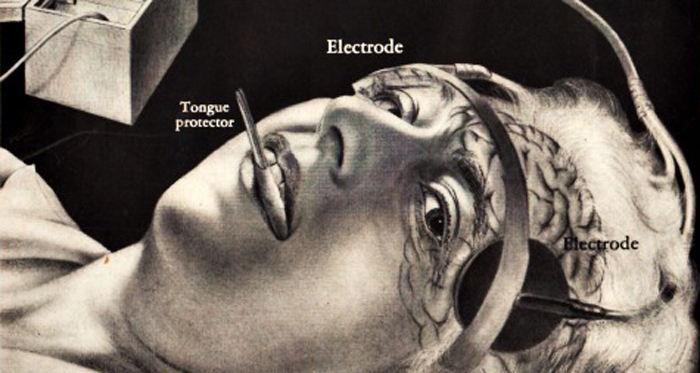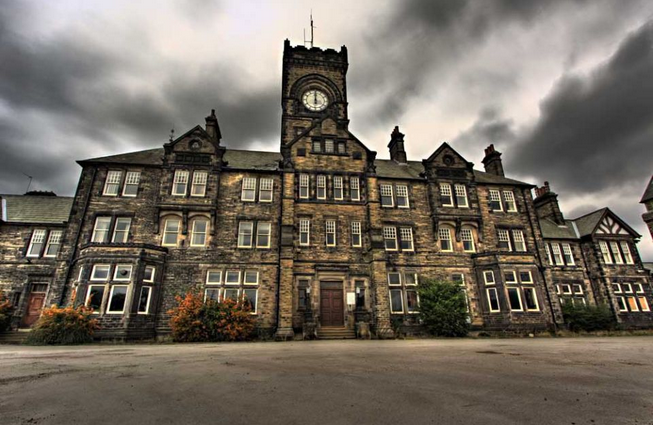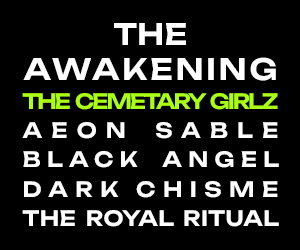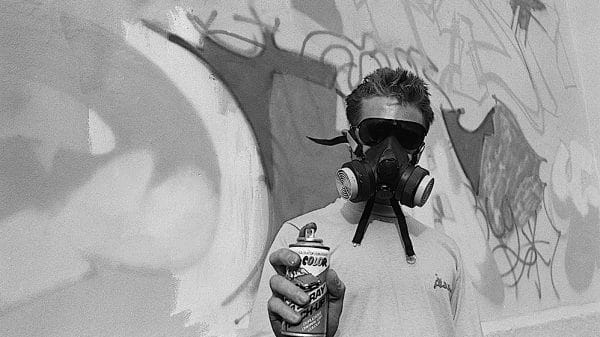In the Victorian era, asylums popped up all over the UK, places where troubled people – some mentally ill, some not – were “dumped” by their families and communities to be hidden away from society. The asylums were packed with patients by the hundreds and thousands, and patients were often mistreated and isolated. The “rubber room” was real; security was prison-level, despite most patients never having committed a crime. The treatments and therapies for mental patients ranged from harmless to brutal, including methods like electroconvulsive therapy and lobotomy, often done with no anesthetic. Today, the asylum is a horror from the past, and BBC’s Mental: A History of the Madhouse tells the story of the closure of sanatoriums in Britain, from the perspective of former staff and patients. It’s a tale of endemic abuse and brutality disguised as “therapy.” It’s a fascinating look at psychiatry’s sordid past, and a story of how mental patients went from inhuman guinea pigs to being integrated into the communities they live in…but also how pharmaceuticals became the new asylum of the mind.
High Royds Hospital

















